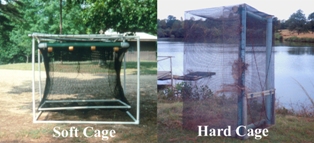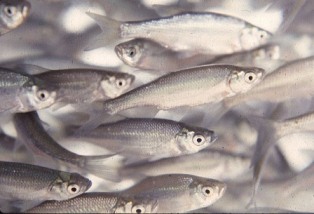Growing Fish in Cages
David Cline, Extension Aquaculture Specialist, Auburn University

Many landowners who are interested in aquaculture may not have the financial and physical resources or the practical experience to start a large-scale aquaculture operation. Growing fish in cages can be a means for landowners with existing ponds to produce fish for supplemental income and to gain experience in aquaculture. Cage culture is an intensive form of aquaculture …
